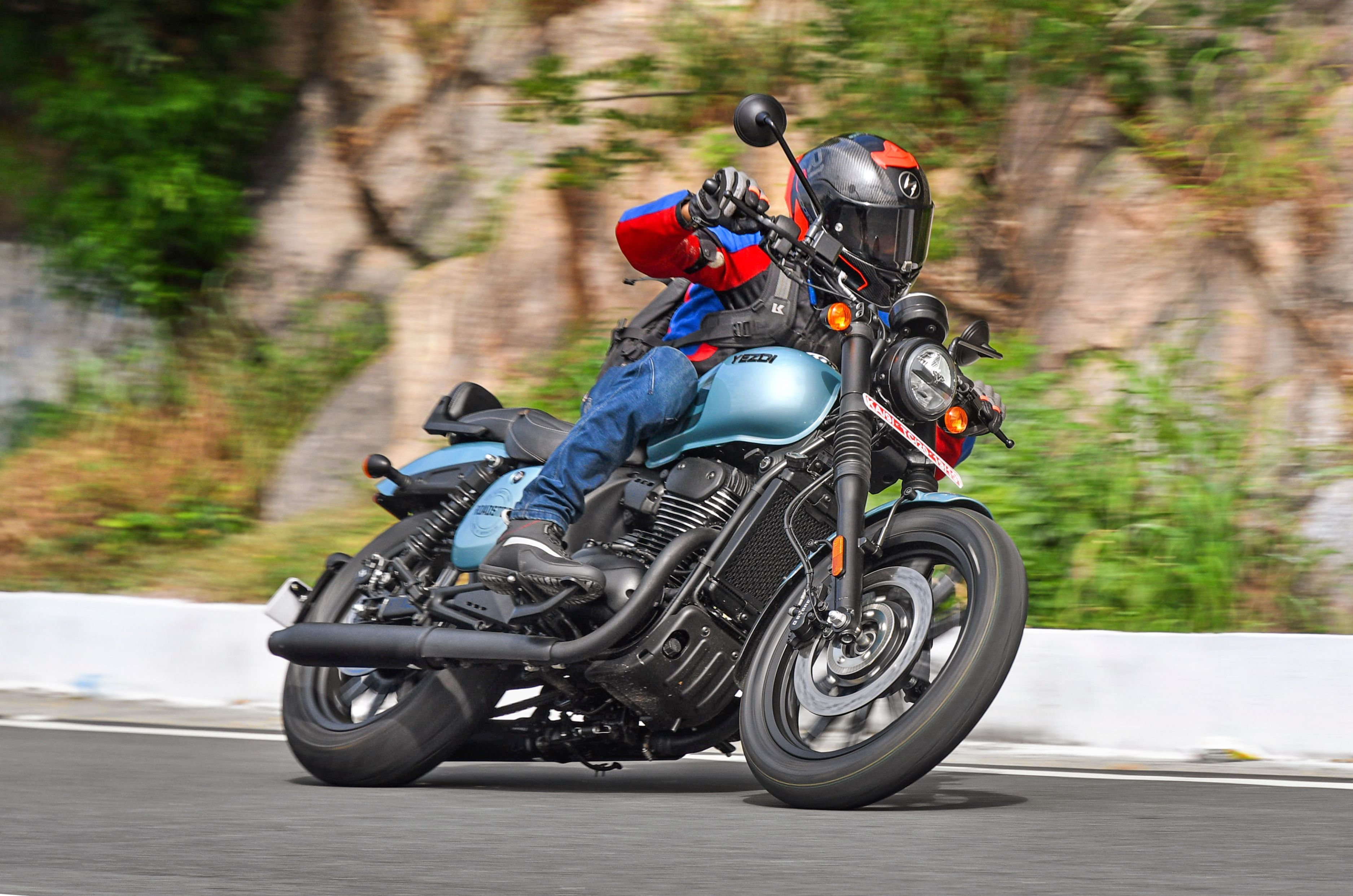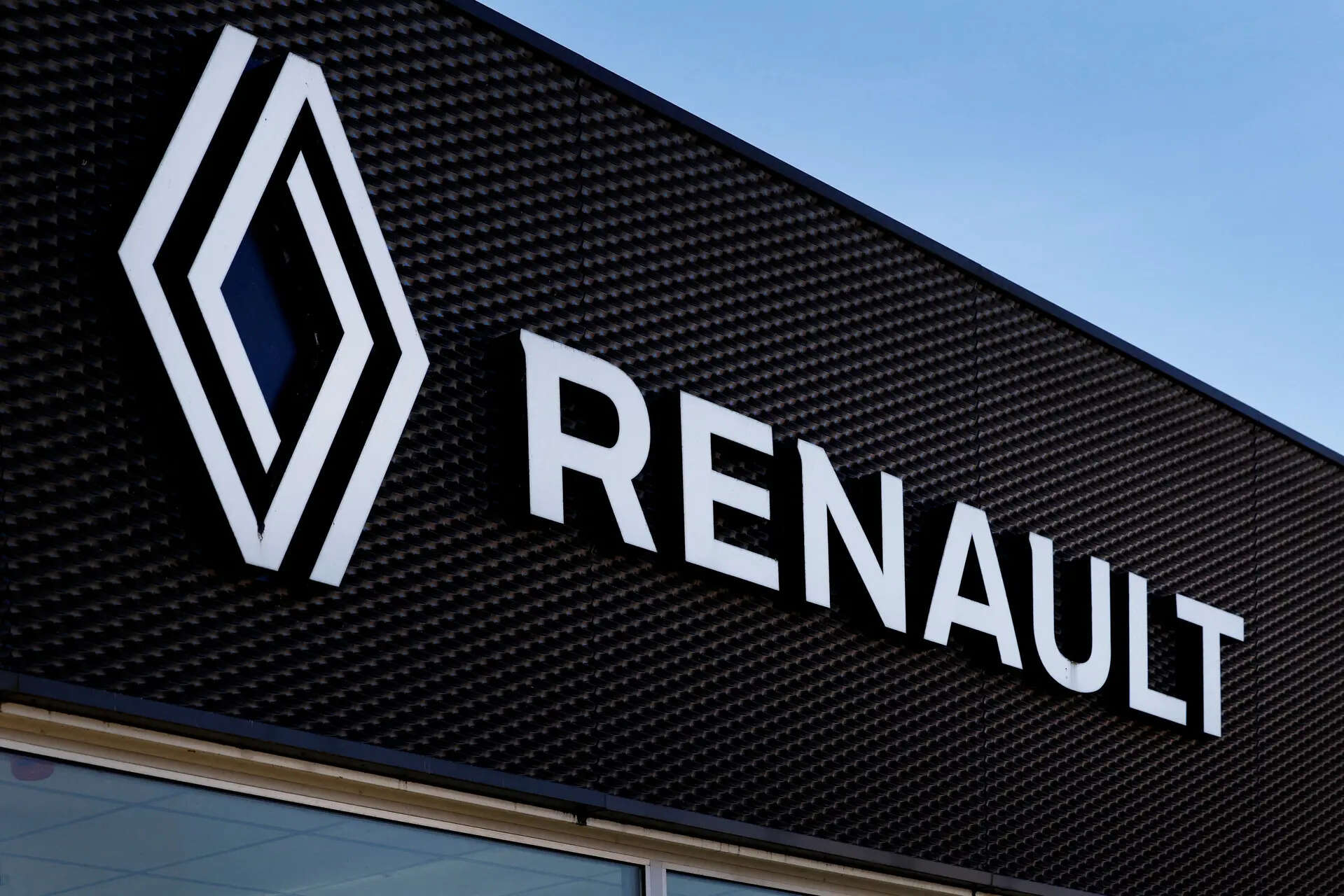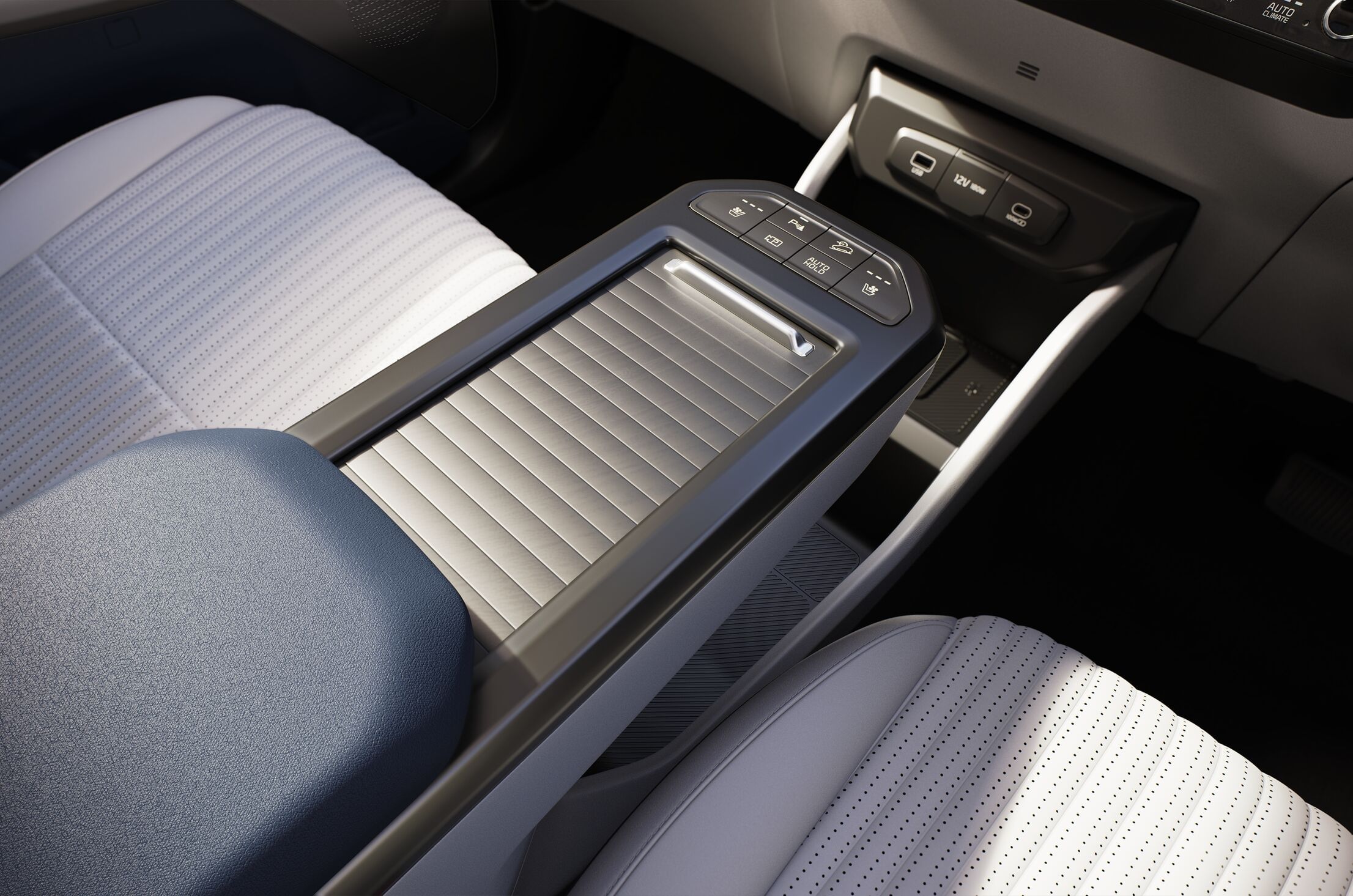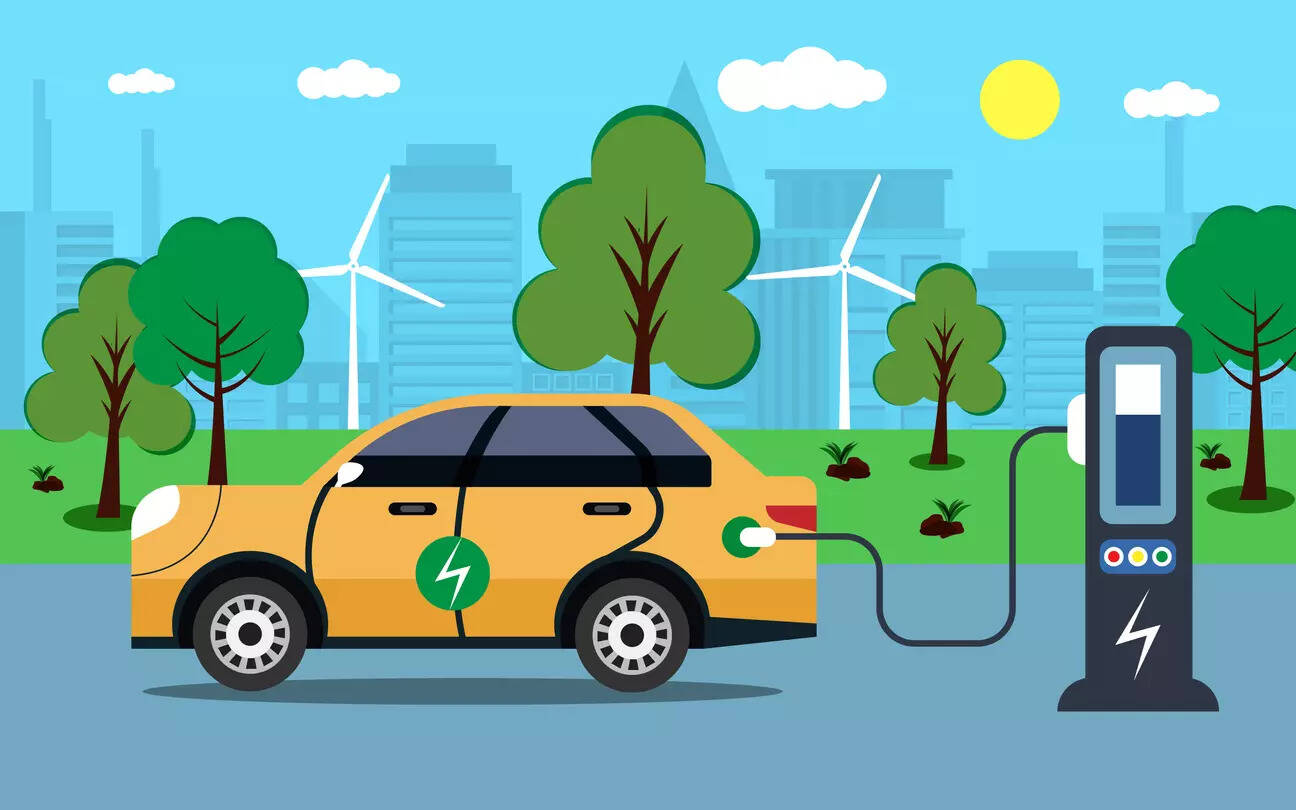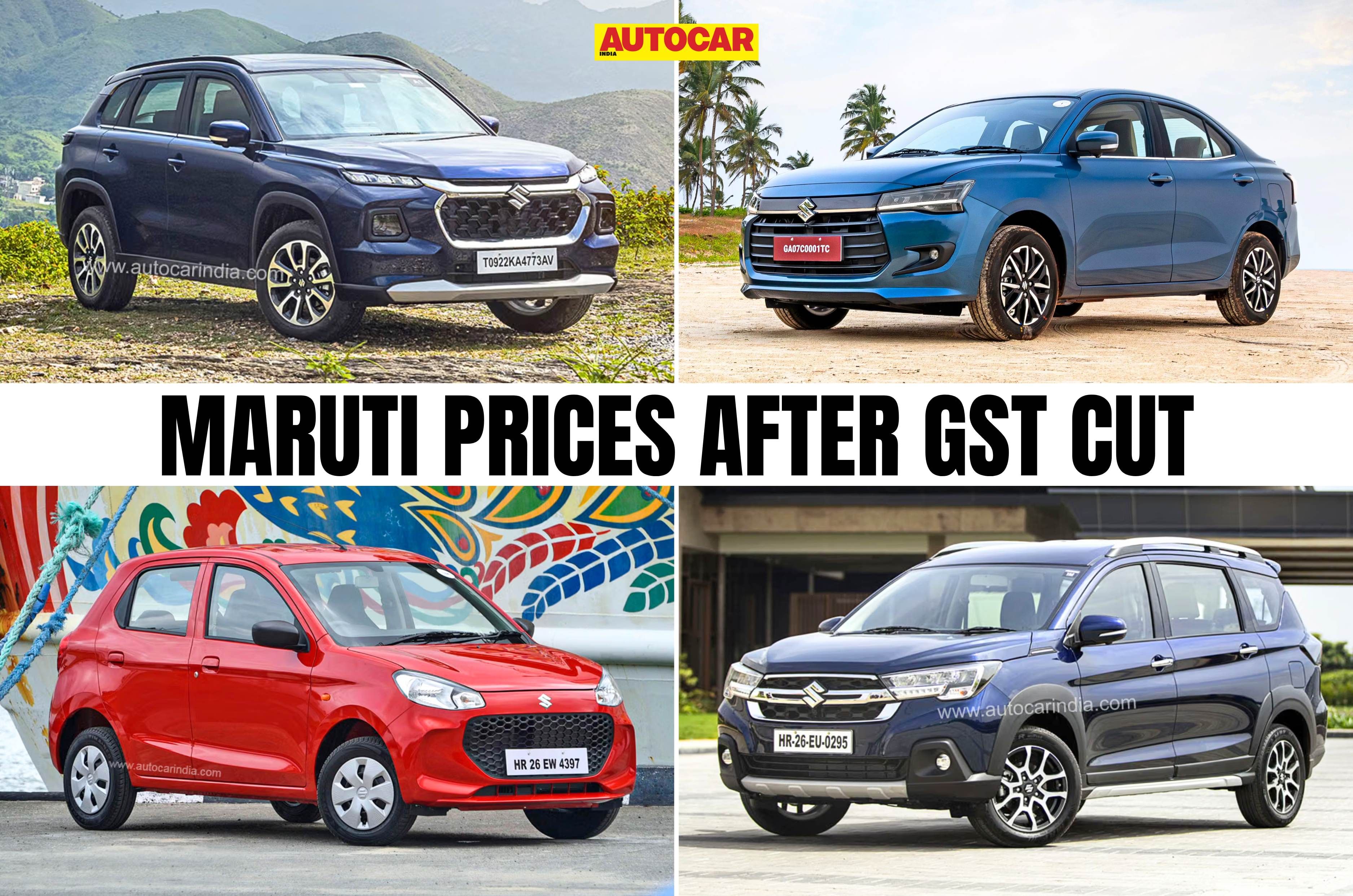E20 petrol is a fuel blend containing 20 percent ethanol, which has now become commonplace across India.
E20 fuel is here and when it comes to two-wheelers, there are plenty of questions and concerns regarding performance and long-term durability, especially for older vehicles. While there are still some unknowns at this moment, we have spoken with multiple manufacturers to give you some clarity. This article is a collation of information that answers the common queries around Ethanol blended fuel in your two-wheeler.
What do the manufacturers say about E20 fuel?
We reached out to all the top manufacturers for statements on E20 fuel and received some interesting information from those who answered. Honda has stated, “starting April 2025, all our two-wheelers produced in India are fully compliant with OBD2B standards and E20 fuel-ready, ensuring customers experience optimal performance while contributing to environmental sustainability. Our older models are material-compatible with E20 blended fuel, with no impact on the life of engine parts. However, there may be some effect on performance parameters in older vehicles that are not E20 compatible.”
Like Honda, Bajaj has also stated that its older products are material-compliant, going as far back as BS4 motorcycles that were mandated in 2017. However, TVS has revealed that its vehicles have been E20 material complaint since 2023.
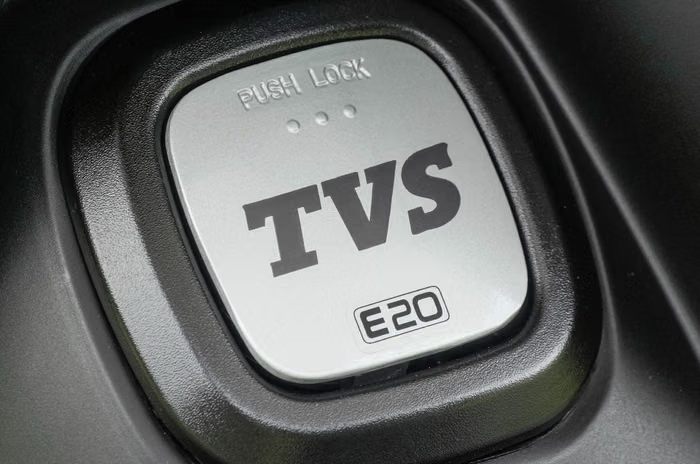
Meanwhile, India’s leading manufacturer, Hero MotoCorp has stated, “In line with this directive, Hero MotoCorp began producing E20-compliant vehicles from April 2023. To ensure a smooth transition for our customers, detailed guidance and advisories have been issued for both customers and dealers regarding E20 fuel usage. For BS-III/BS-IV older vehicles manufactured prior to 2023, while using E20, there may be marginal impact on fuel efficiency, else no serious challenge is faced at this stage. In case any issue is faced by any user, the organization has advised such vehicle owners to reach out to Hero MotoCorp’s authorized workshops for necessary checks and support.”
Finally, Royal Enfield has pointed out to us that its entire portfolio was E20 compliant since the BS6 implementation in 2020. Interestingly, RE is the only company so far that has said it is working on upgrade kits for its existing two-wheelers on the road that may not be E20 compliant.
Will my warranty be affected?
Given that most manufacturers are suggesting that their BS6 bikes are material-compliant, it does not appear that existing valid warranties will be an issue. Moreover, senior members of the Society of Indian Automobile Manufacturers (SIAM), which represents vehicle manufacturers in India, clarified at a recent press meet that vehicle makers will honour the warranties for older vehicles using E20 fuel, irrespective of what the user manual says.
What are the potential issues?
The main issue is that fuel efficiency is likely to drop. How much will depend on the age of your vehicle and the riding style, but there are reports of anything from 3-20 percent. There may also be a small performance drop on older vehicles and vehicles in very cold climates could face starting issues.
The bigger concern is accelerated wear of rubber and metal components over a longer period of time. However, this is likely to affect pre-BS4 bikes, and even there, it is presently unclear about how serious a problem it will be, if at all.
What about superbikes?
Most superbikes sold in the last few years should be materially fine. However, for those who wish to take extra precautions, it would be worth spending the extra money on 100 octane fuel where available. This is the only grade of petrol in India that is Ethanol free and it will also improve the performance of your bike. Such bikes generally cover limited miles every year and running them on 100 octane will give owners peace of mind.
What about older bikes?
This is the area of greater concern as there are still 75-80 million pre-BS4 bikes on the road. Of these, a vast majority are carburetted motorcycles which cannot adapt their fueling to compensate for the lower calorific value in Ethanol-blended fuel as a fuel injected bike could. In such cases, if customers are facing running issues like misfiring, the carburettor can be rejetted to adjust the air fuel ratio. Fuel efficiency will drop as a consequence, but the bike will run better.
The bigger concern is how components in these bikes will deal with the fuel as they were not designed to deal with Ethanol’s corrosive nature. Issues are unlikely to creep up overnight, but there could be accelerated wear seen in metal and rubber fuel systems. Given the sheer volume of these bikes still on the road, we may see some manufacturers offer upgrade kits if this starts to become a widespread problem over time.
How can I protect my bike or scooter?
If you have a post BS6 bike, in most likelihood you don’t have much to worry about. These bikes are fuel injected and should be able to adapt to the fuel, although you may want to keep an eye on how well your bike is running. It would also be advisable to monitor the condition of the fuel tank, at least at periodic services. Metal fuel tanks can be quite expensive, especially on bigger bikes. Corrosion in the fuel tank will cause fuel delivery issues to the engine as the injectors will get clogged over time with tiny rust particles.

Fuel additives and stabilisers are also gaining attention, but there isn’t enough information on how these perform in the long run yet. Moreover, none of the manufacturers we spoke to are looking at these products as potential solutions to any issues that may come up.
If you have an older bike, there isn’t a lot you can do apart from tune the carburettor to better match the fuel, if needed. Beyond that it would be smart to pay extra attention to how the bike is running and that the fuel tank is showing no signs of corrosion. Another good practice is to ensure that the bike is run often which will reduce the chances of phase change in the fuel where moisture can separate. If the bike is not being used for a longer period, it would be advisable to keep it with a full tank of fuel to reduce the chances of moisture-related damage.
Also See: Will E20 fuel damage your car? Key risks and compatibility explained









